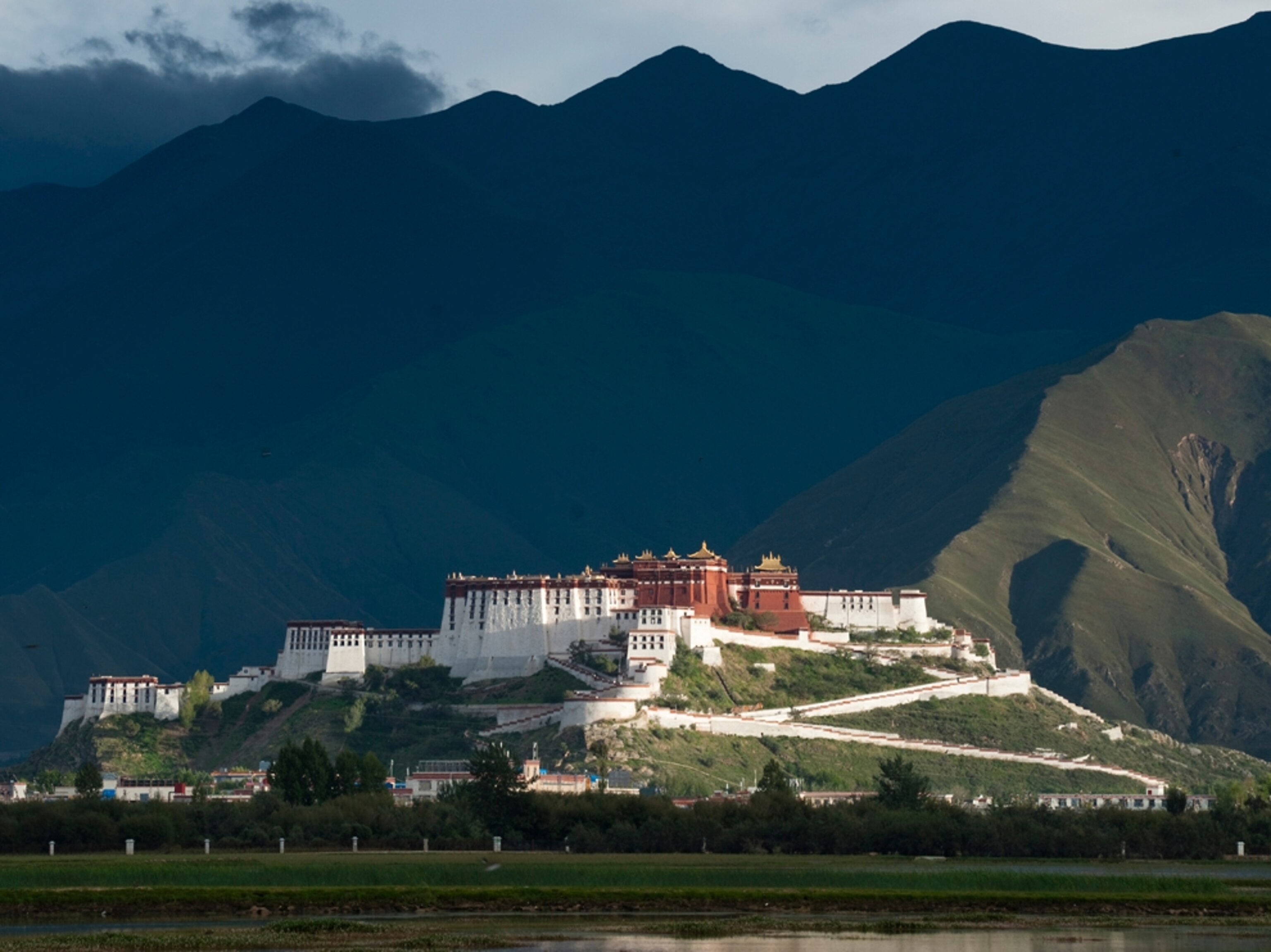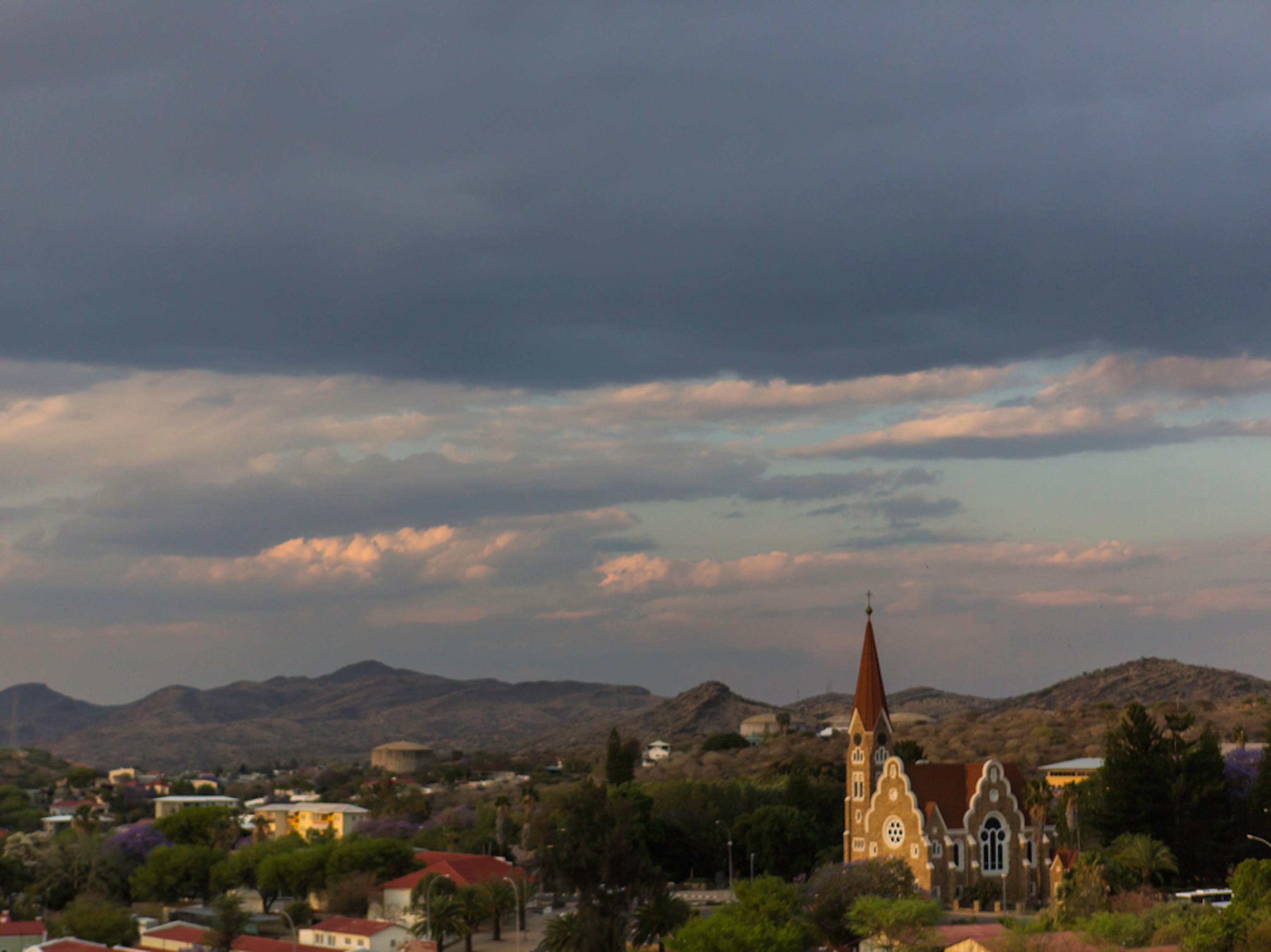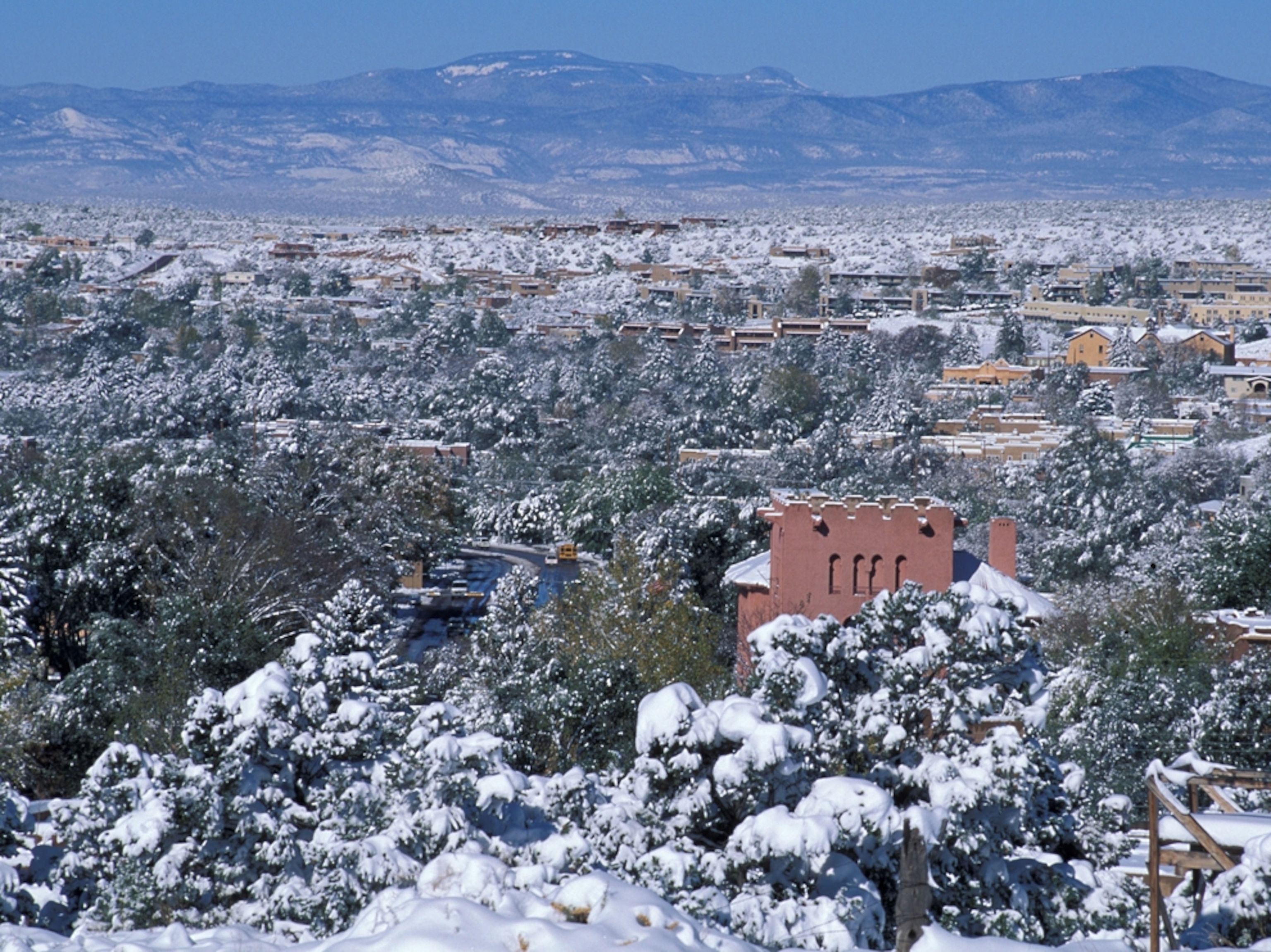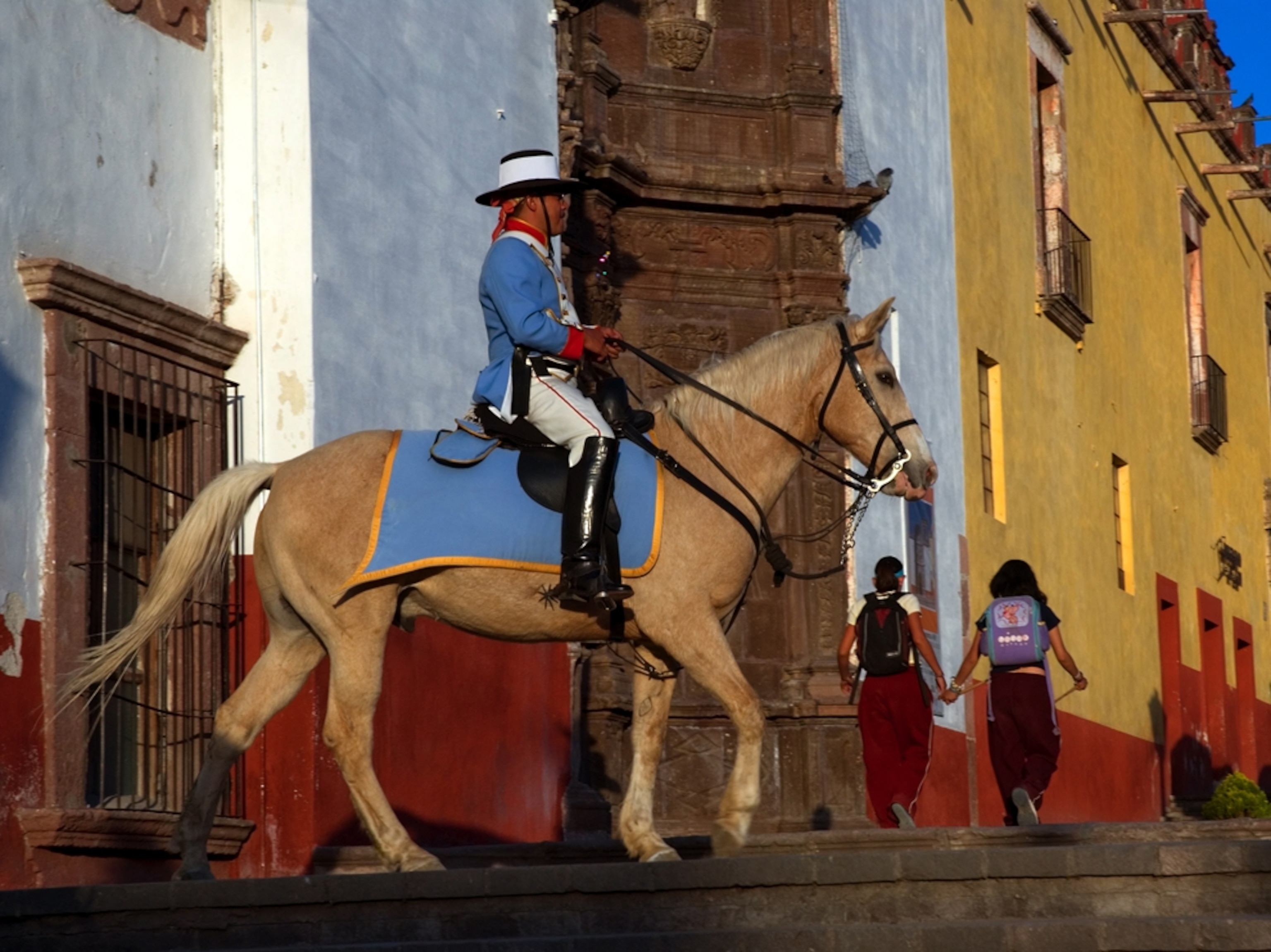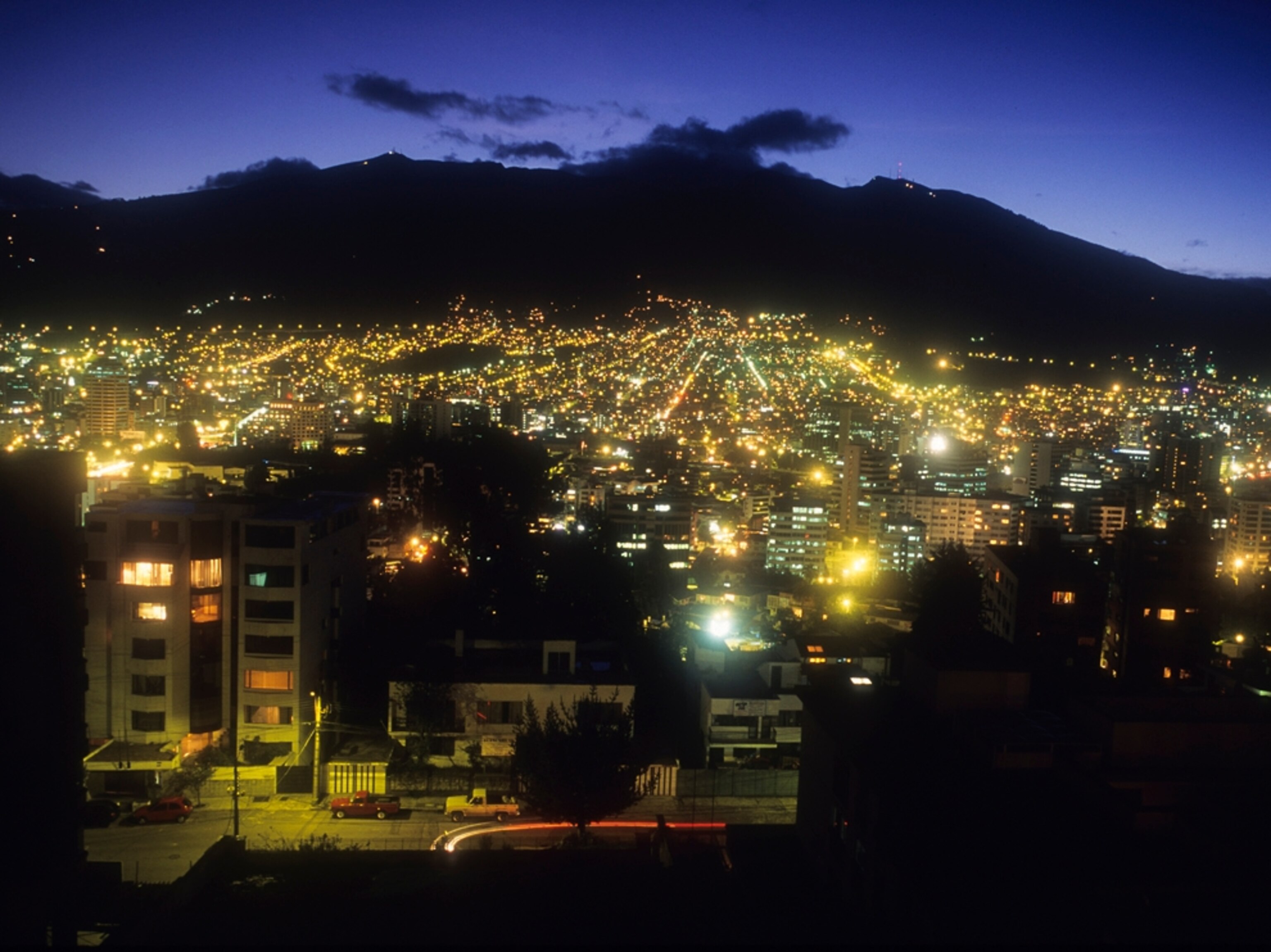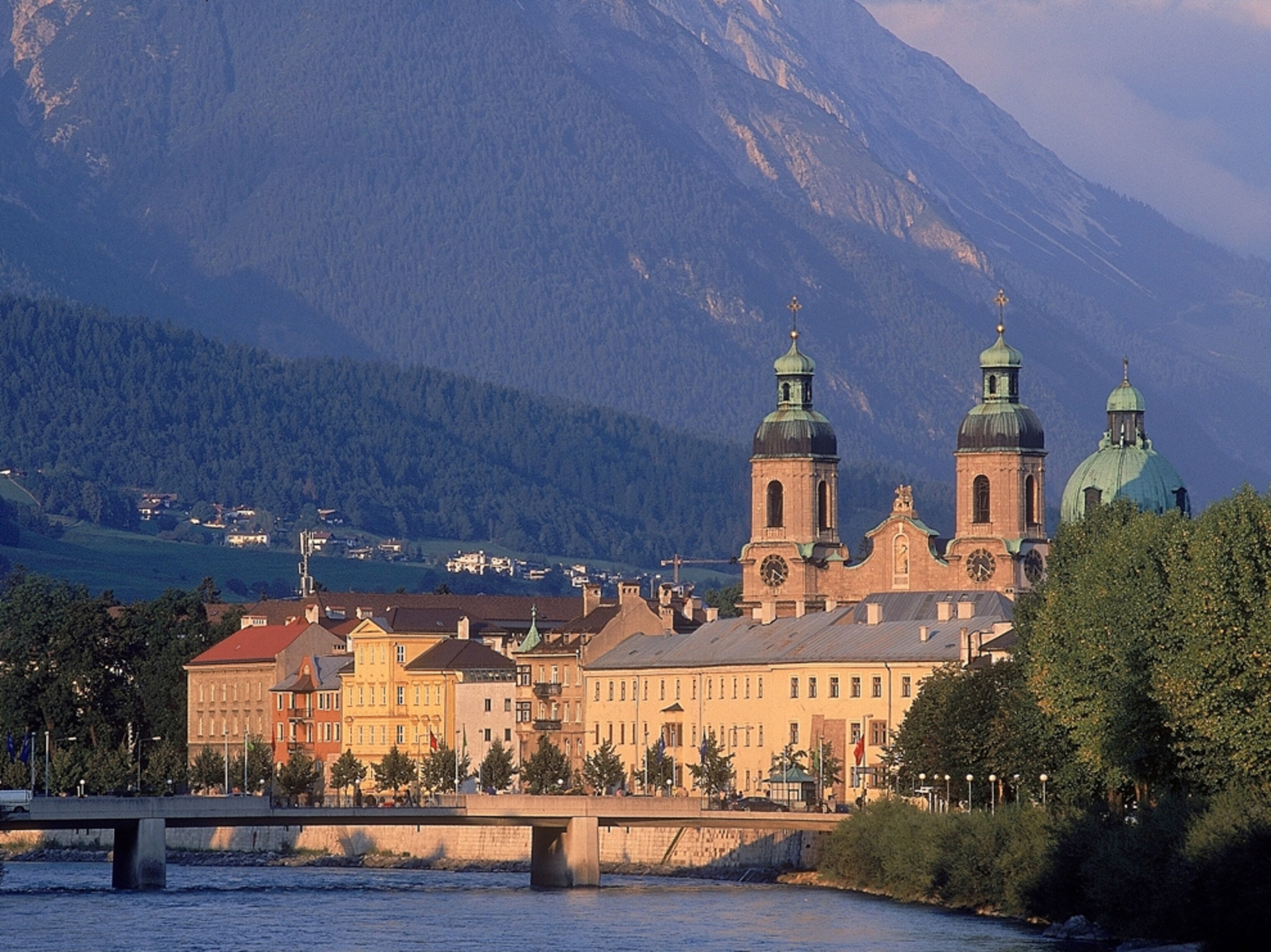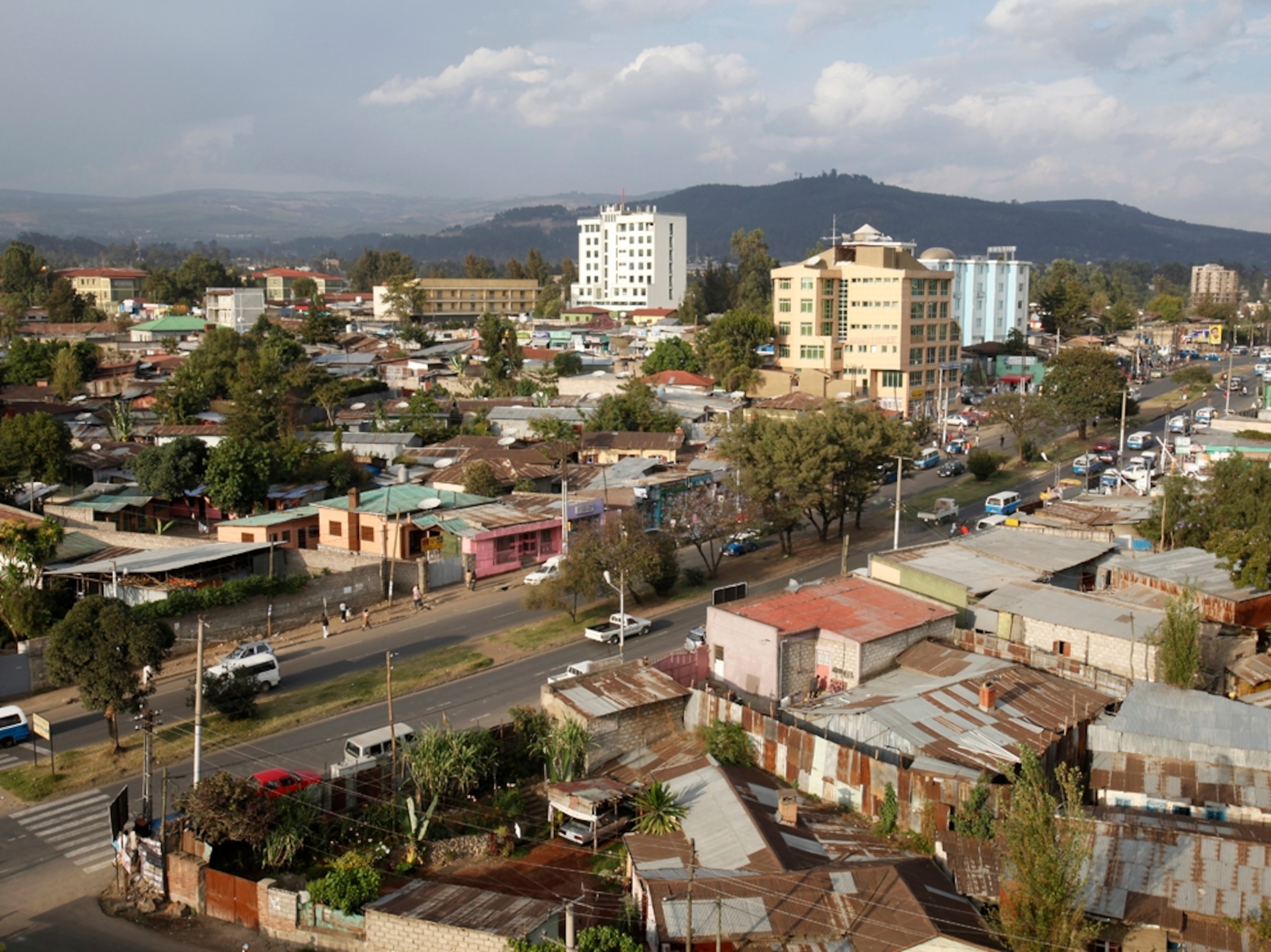
Here’s how to deal with altitude sickness
Feel good with these expert tips for high elevation destinations.
You don’t have to climb a mountain to experience the woes of elevation. Plenty of favorite travel spots perch on high, such as Cusco, Peru, at 11,152 feet, and Leh, India, at 11,550 feet. At altitude, there’s less oxygen in the air, which can leave you gasping for breath just trying to walk up a street. (Discover nine mountains to summit in a lifetime.)
What exactly is happening to the body? “First it increases breathing, which can feel like a shortness of breath,” says Peter Hackett, director of the Institute for Altitude Medicine in Colorado. “Second the blood vessels in the brain expand, so that there’s more blood and therefore more oxygen. That gives the sensation of a headache.”
Symptoms of acute mountain sickness, or AMS as it’s known, include trouble sleeping, nausea, loss of appetite, and fatigue. If you keep going higher and ignore signals from your body, you could develop HAPE, high altitude pulmonary edema, or HACE, high altitude cerebral edema, both of which are very serious.
All that said, some of the best views on Earth are seen from up high. The key to your success? Go up slowly. Ascending over two or three days, if possible, and using these tips will help you feel good at the top.
Follow these tips
Take it easy: During the first day or two at altitude, don’t overexert yourself. Do a little exercise, but give your body time to adjust.
Sample the snacks: Stick to small meals the first few days, because the digestive system can become stressed at elevation.
Guzzle water: Drinking plenty of H2O prevents dehydration, which has symptoms similar to those of acute mountain sickness.
Skip the bottled oxygen: The bottles you can buy at the drug store don’t contain enough oxygen to be helpful.
Shield your skin: Ultraviolet light increases by five percent per thousand feet of altitude, so accessorize with protective gear such as sunglasses, a broad-brimmed hat, and sunscreen.
Say “no” to a second swig: Alcohol depresses the body’s breathing response to low oxygen levels. During the first night at altitude, drink no more than one beer or one glass of wine.
Take care with kids: Children younger than six weeks should stay home, since their circulation systems aren’t developed enough to handle high altitude. If you bring kids under age four or five who may not be able to express they’re having trouble, be sure to make your arrival in stages.
Pack a high-altitude travel kit: Bring Ibuprofen for headaches, acetazolamide (brand name: Diamox) to help speed up acclimatization, carbohydrates that are easy to digest (think gummy bears or energy bars), sun protection, and a water bottle.
